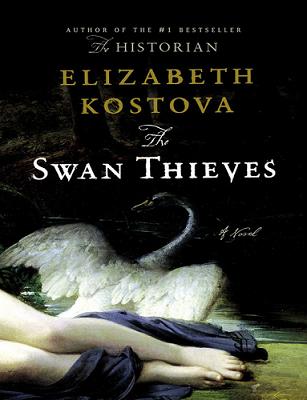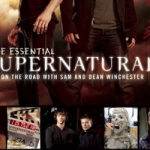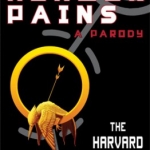
Title: The Swan Thieves: A Novel
Author: Elizabeth Kostova
Publisher: Little, Brown and Company
Release Date: January 12, 2010
I will start out by saying I had high hopes for The Swan Thieves. I wanted so much to like it, not because I had particularly liked Kostova’s previous work, The Historian, but because art and history are two subjects I genuinely enjoy. It seemed that even though it was quite lengthy that it would prove to be a breath of fresh air amidst all of the fantasy I had been reading lately, and on all counts it fell short. This, unfortunately, I had also expected.
Many people will go on and on about how much they LOVED The Historian. I liked it, to be sure, but it left me wanting… I don’t know more… a better ending, a better reason to draw everything together. I put it down thinking I had read quite a lot of pages without getting any kind of satisfaction. When I put down The Swan Thieves, I thought much the same thing: there was a lot of maneuvering of characters, times, and places, but the ending was flat and didn’t do all of the build-up to it justice. I was hoping that Kostova would have improved upon this, but herein I was disappointed and will likely not pick up another one of her books. “Fool me once,” and all that.
The story is told mostly from the point of view of Doctor Marlow, who has taken on artist Robert Oliver as a patient. Oliver was detained after attempting to vandalize a work of art by cutting it, but once in the care of Doctor Marlow barely says more than a few sentences before shutting up for the next 450 or more pages. Oliver and the mysterious lady he paints are the center points around which all of the other characters circle, leaving the reader as well as Dr. Marlow wondering what is really going on here.
I will give credit where credit is due: Kostova is excellent at arranging her characters and building up a subtle tension. One would think she’d have to be, with all of the maneuvering about and investigating the main character must do to discover the truth behind Robert’s attack and the woman he paints to the detriment of all his other personal relationships. When you finally do discover the answer, though, it falls flat. It’s simply not enough to justify nearly 600 pages of reading. The same story could have been told in half that, and yet the answer still likely wouldn’t have seemed enough.
Another gripe I have, and I have heard from others that have read the book, is that if you weren’t told at the beginning of all of the (really short) chapters who was talking, you wouldn’t know. A Victorian lady read just like Dr. Marlow, a modern middle-aged male psychiatrist, who sounded just like a young single mother. The only real distinction is every once in a while, for almost no relevant reason, Dr. Marlow would mention something his future wife would say on whatever subject he was presenting (as the story was told as a recollection of Dr. Marlow’s). I couldn’t really get interested in any of the characters because, for the most part, they were all two-dimensional and rather boring.
This is the same problem I had with The Historian and, admittedly, The Swan Thieves I felt was much more masterfully written — until it came to the climax and denouement. The key, in my opinion, to a good mystery is not simply discovering the answer (which we do here) but the depth of that answer and, in both stories, the answers are really rather shallow and boring. I don’t really want to go into what the answer was, since maybe you still want to read it, but honestly, I’d save my time. Weaving a good story is only really as good as its ending. A fresh story will go stale if the ending doesn’t satisfy. Without a doubt, that is what happened here.
Rating: 2 / 5 Stars







Pingback: TraVotez